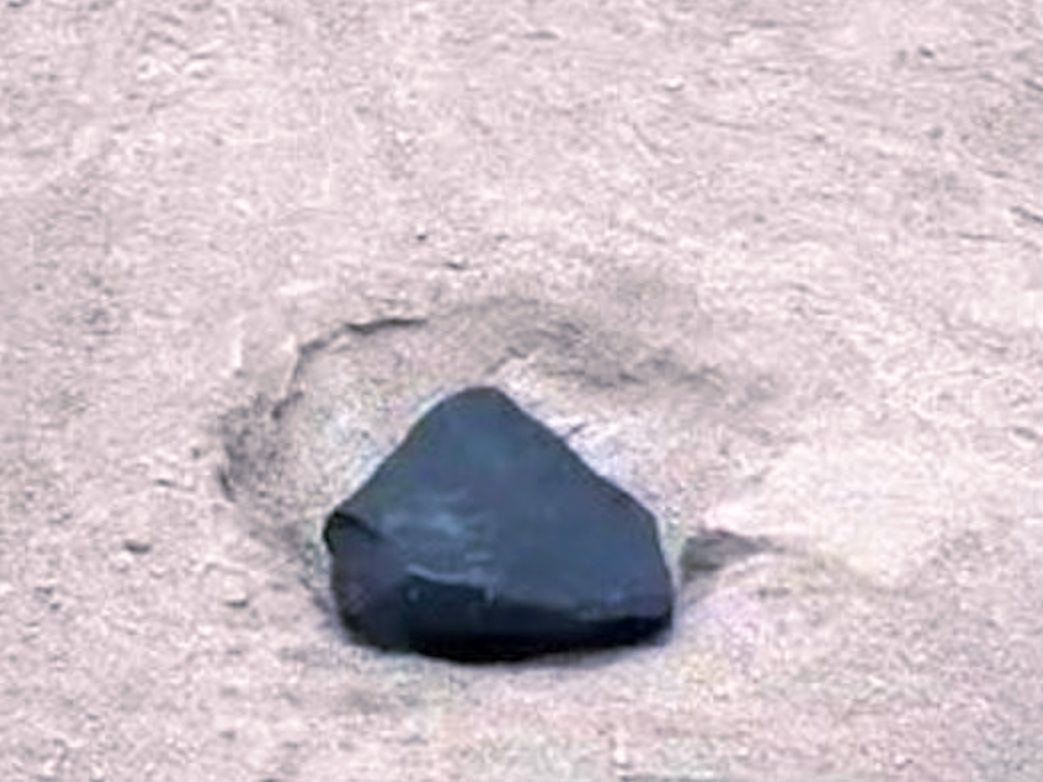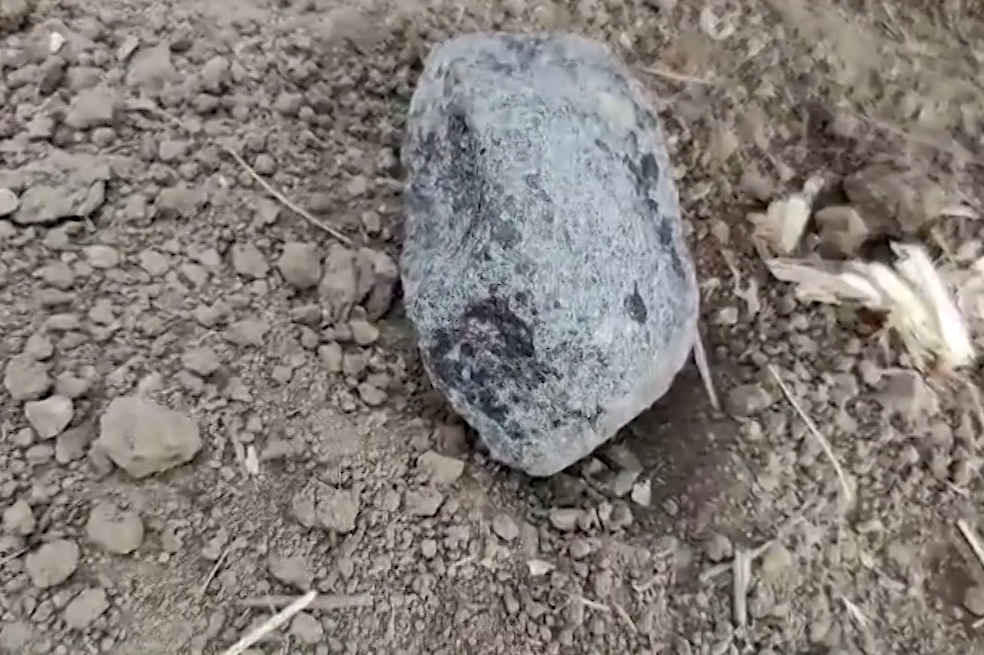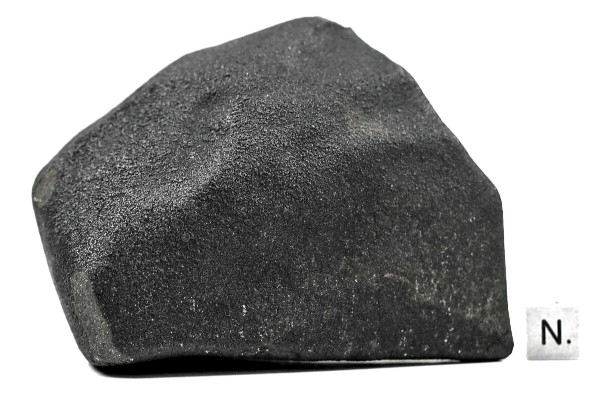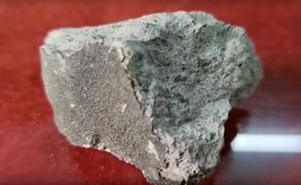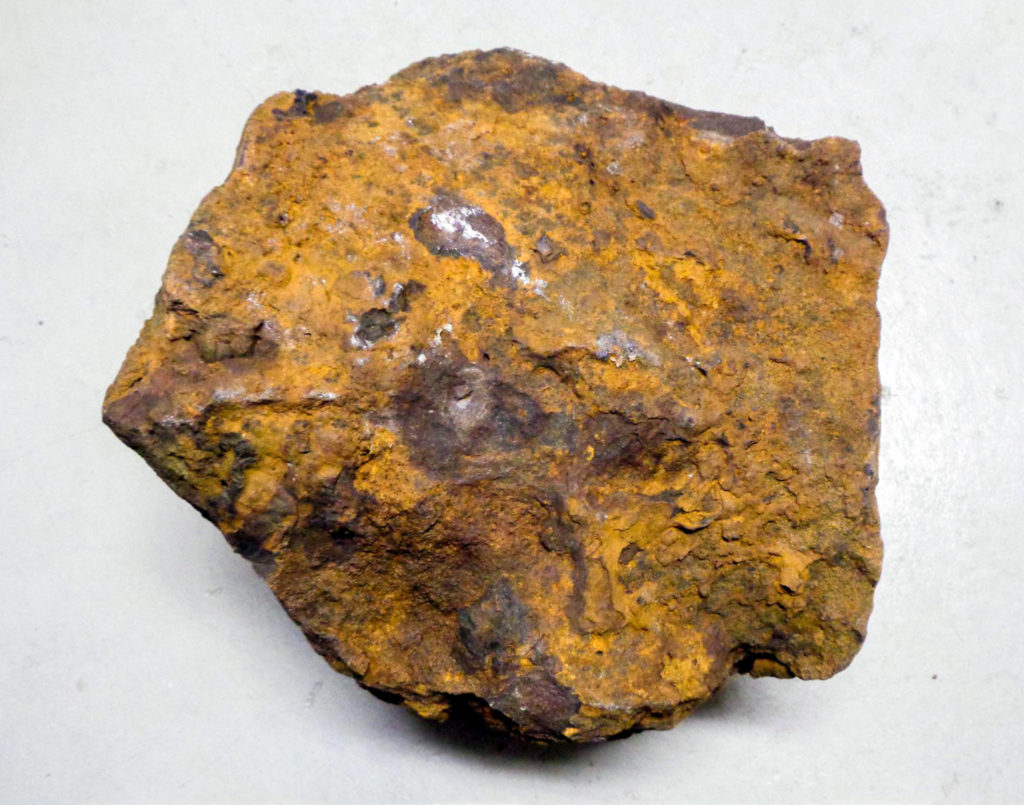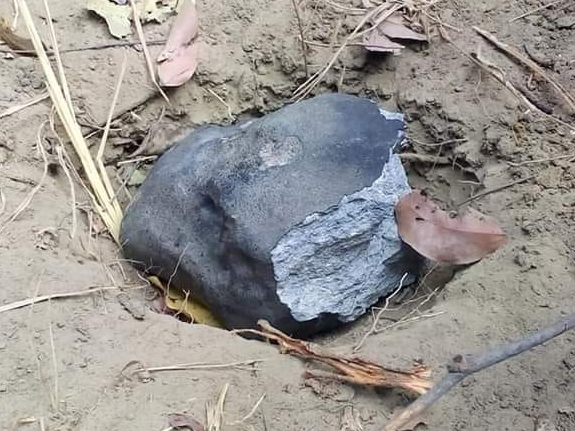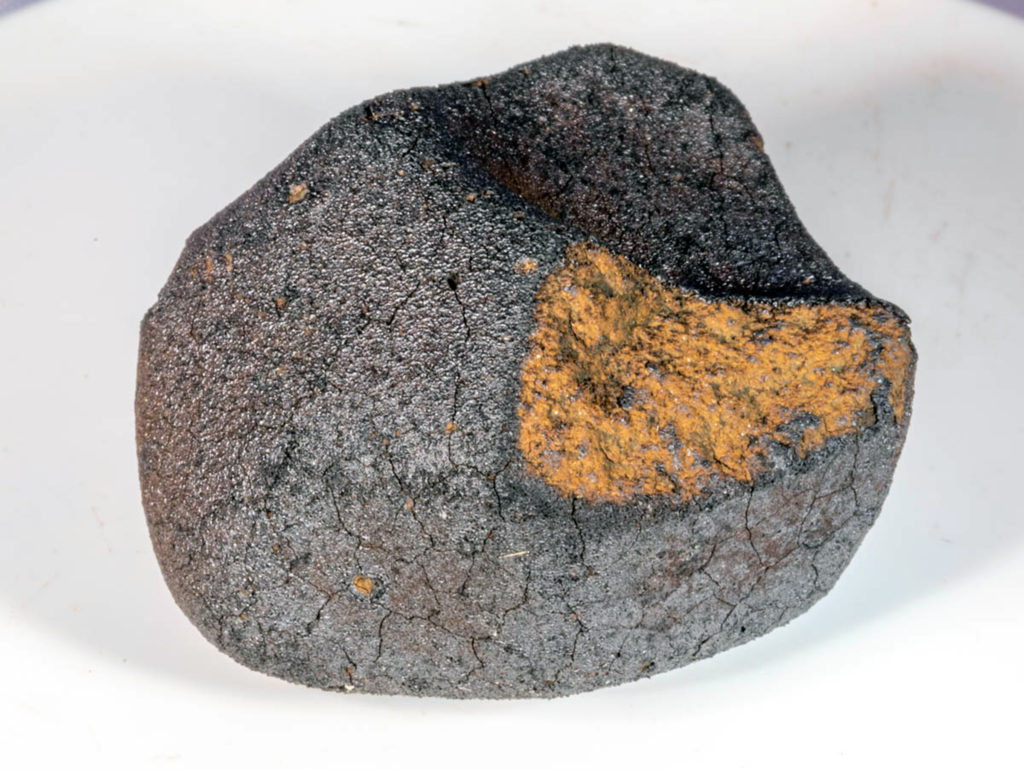Correlated Molybdenum, Ruthenium, and Barium Isotope Anomalies in Presolar Silicon Carbide GrainsOPEN ACCESS
Thomas Stephan, Peter Hoppe, Andrew M. Davis, Julie M. Korsmeyer, Andrew Regula, and Hannah E. Richards
The Astrophysical Journal, Volume 981, Number 2
LINK (OPEN ACCESS)
PDF (OPEN ACCESS)
“We have analyzed molybdenum, ruthenium, and barium isotopes simultaneously in 55 individual presolar silicon carbide (SiC) grains from the Murchison CM2 meteorite using the Chicago Instrument for Laser Ionization (or CHILI). Most grains show clear s-process signatures, which are strongly correlated for molybdenum and ruthenium. For all three elements, we provide estimates for s-process contributions from low-mass AGB stars with unprecedented precision. Variations in s-process production observed for some nuclides reflect a strong dependence on physical properties, neutron density, temperature, and timing, affecting various s-process branch points. Significant contamination can be excluded for a majority of grains. Instead, distributions along mixing lines in three-isotope diagrams reflect mixing between initial parent star material and matter synthesized in the star. The results suggest that the ratios between p- and r-process isotopes of molybdenum, ruthenium, and barium in presolar SiC from many parent stars are the same as the ones inferred for the solar system. This indicates that the products of these processes were well mixed by the time the molecular cloud collapsed to form the stars that eventually grew the SiC grains, and that this mixture did not change between formation of the precursor stars and formation of the Sun.”

